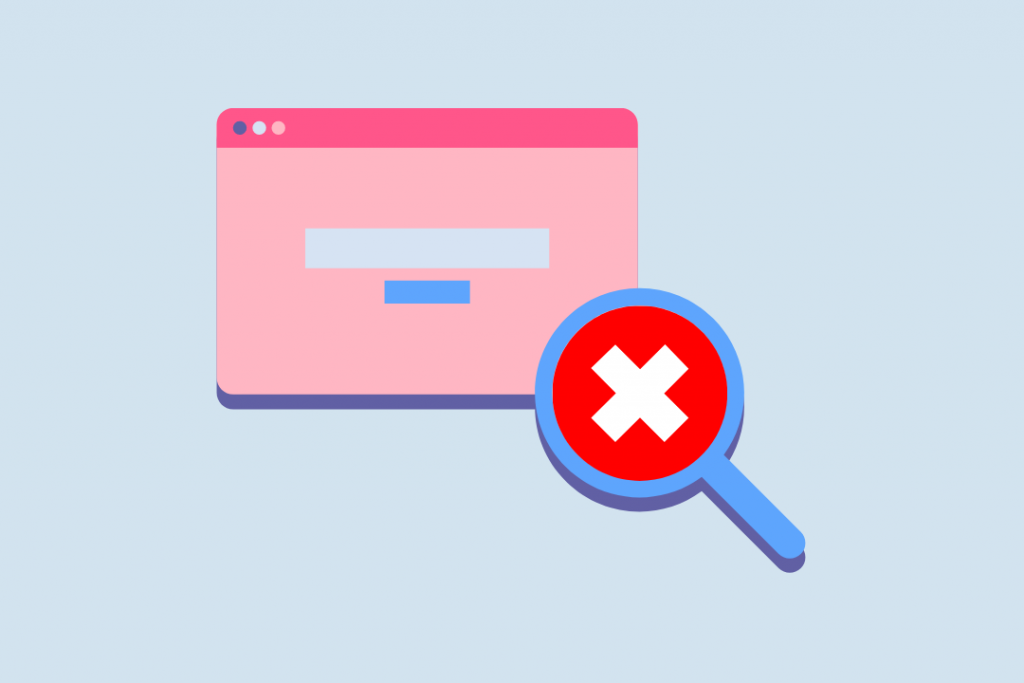Anyone with a website wants search engines to rank it above all others. eCommerce website owners are no exception.
But eCommerce websites are different because they face additional difficulties in getting listed.
Here are the top challenges you are likely to face with search engine optimization (SEO) for your eCommerce site.
Once you develop an appreciation of these challenges, you can begin implementing eCommerce SEO strategies that make a difference.

1. eCommerce Websites Have Duplicate Content Copied from Vendor Descriptions
“Too many pages with too little original content.“
That has been my opening line in all my SEO-related presentations to eCommerce businesses.
Isn’t it surprising that an amateur blog with 50 articles can have more original content on it than an eCommerce website with 100,000 product pages?
This is because the information on product pages is either:
- irrelevant to the targeted search keyphrase (e.g. shipping charges, out-of-stock notice) or
- a regurgitation of the content provided by the manufacturer; a copy of which is available on every other website that sells the same product.
The former prevents search engines from deciphering the theme of the page, while the latter makes it difficult for search engines to be able to rate one page as better than another page with identical information.
Take Away: You need to have original content on each page of your eCommerce website.
2. eCommerce Websites Have Duplicate Content Across Several Pages
As if the SEO disadvantage arising from content that is available all over the Internet were not enough, many eCommerce websites also repeat content on multiple pages of their own website.
Here is an example: You have information about the XFC-10 green home widget on its product page. But you also have it on the category page for “widgets.”
You also have it on the page that carries all items tagged “household widgets.”
To top that, if your content management system (CMS) creates pages such as “recently purchased widgets,” “top-selling widgets,” and the like, the XFC-10 green home widget could be mentioned there too.
Take Away: Use technology such as JavaScript, AJAX, CSS, and iframes to hide duplicate content, or use the canonical tag in your HTML.
3. Affiliate Websites Copy Content from eCommerce Websites
Several eCommerce merchants use affiliates to help them attract new customers. Properly executed, this is a good idea.
But affiliate websites will often copy the content on your website. And some of them may be better than you at SEO.
This might lead search engines to believe that these affiliates are the creators of the content, while you have merely copied it.
In this way, even content originally developed by you may not help your SEO efforts.
Take Away: Proceed with your affiliate strategy, but make sure that you have a well-optimized website before you take on affiliates.

4. Your eCommerce Software May Not Be Search-Engine Friendly
Your software may create filenames and URLs by joining all components of the product description.
In addition, they may store a lot of other tagging and categorization information. For example, here is a URL:
http://www.YourEcommerceSite.com/Schumacher-SC-600A-SpeedCharge-Frequency-Battery/dp/B000H94F6E/ref=sr_1_3?ie=UTF8&qid=1317318150&sr=8-3
Unless you are on this website, you will not find favor with search engines if you have such unfriendly URLs. A better URL for the same product would be:
http://www.YourEcommerceSite.com/Schumacher-SC-600A-SpeedCharge-Frequency-Battery
This is easier said than done with most commonly available eCommerce software.
The only way to implement this would be through manual intervention.
Nothing wrong with manual intervention, except that eCommerce businesses often do not consider SEO to be a high priority task.
Take Away: Before selecting your eCommerce software, make sure that it is search engine friendly.
5. Auto-Generated Page Titles Are Usually Not Optimal
eCommerce software usually copies the complete product name into the title of the page.
The page title is the single most important element of on-page SEO and hence cannot be taken lightly.
How many people are really going to visit a search engine and type:“10k White Gold Princess Square Mystic Topaz Gemstone Earring Studs (8mm, 6.10 cttw)”?
Something like: “White Gold Princess Earring Studs might make more sense”.
But just like in the case of URLs, implementing this will involve manual intervention. And that can be expensive and time consuming.
Take Away: Do not take your page titles lightly.
6. All Things Being Equal, Big eCommerce Brands Dominate Search
Since most eCommerce websites ignore the invaluable pointers in this article, it will naturally be the bigger brands that will bubble up in search results. This is because they gain from the large number of organic links their visitors will naturally create for them.
Take Away: The Internet creates a level playing field. A small player can fight big brands. But you must create points of differentiation. SEO could be a major differentiator for a small eCommerce business.

7. SEO for eCommerce Is Often a Low Priority
In my experience, most eCommerce businesses pay scant attention to SEO at the planning stage.
They consider SEO only when it is too late; thereby trying quick-fix solutions.
There is no such thing as quick-fix SEO.
Paying for traffic only eats into profit margins. That coupled with the ever-intensifying price wars makes survival difficult.
Take Away: Start your SEO journey on day one. If you are already beyond that, start optimizing your eCommerce website at the earliest.
8. Unmoderated User-Generated Content Can Lower Search Rankings
Some eCommerce merchants consider user-generated content to be a no-cost solution for relevant original content.
That is why they enable user reviews, wish lists, discussion forums, comments, and the like.
While this is good in principle, you can be sure that these tools will be abused by spammers.
In the absence of high-quality moderation, user-generated content can actually lower your rankings.
How do you expect a search engine to react when it finds links to Viagra or porn websites in the comments on your baby products eCommerce website?
Take Away: User-generated content is a great source of free content, but only if moderated.
Make Your SEO Effective
To succeed in eCommerce SEO, you should follow these 7 steps:
- Write original and unique content.
- Use technology such as JavaScript, AJAX, CSS, and iframes to hide duplicate content, or use the canonical tag in your HTML.
- Proceed with your affiliate strategy, but make sure that you have a well-optimized website before you take on affiliates.
- Before selecting your eCommerce software, make sure that it is search-engine friendly.
- Give importance to page titles.
- The Internet creates a level playing field. A small player can fight big brands. But you must create points of differentiation. SEO could be a major differentiator for a small eCommerce business.
- Start your SEO journey on day one. If you are already beyond that, start optimizing your eCommerce website at the earliest.
It’s not as difficult as it may seem, but you should pay more attention to your website in order to avoid typical mistakes and rank in search results.
Remember that it’s harder to optimize eCommerce websites but focused efforts can help you succeed with eCommerce SEO.
Good luck!
A Little about LateShipment.com
LateShipment.com is the world’s only logistics cloud tool that helps businesses of every size reduce shipping costs by up to 20% and provide memorable delivery experiences to customers at scale.
At LateShipment.com, our focus has remained steadfastly on the last mile, typically the part of the logistics chain that is the most opaque.
LateShipment.com allows you to have your monthly shipping invoices automatically audited for 50+ shipping carrier service failures and claims refunds on your behalf. The claimed amount is directly deposited into your account. This can save you up to 20% on your overall shipping spend.
Our automated shipping refunds solution:
- Audits your monthly shipping invoices
- Submits refund claims to your carrier(s) on your behalf
- Deposits the refunded amount directly into your account
That’s not all!
LateShipment.com’s Delivery Experience Management platform helps you craft outstanding post-purchase experiences and build long-lasting customer relationships.
Our groundbreaking post-purchase solutions help businesses effortlessly bridge the post-purchase CX gap and discover new ways to delight and retain customers.
How good is that?
The best part is, it takes less than 2 minutes to see LateShipment.com in action without any change to your existing workflow.
The value we add to businesses is most evident when experienced first-hand. Try LateShipment.com now.
![SEO for eCommerce_ Top Challenges to Be Wary Of [2020] Blog Header](https://lswordpress.s3.amazonaws.com/blog/wp-content/uploads/2020/10/01042626/SEO-for-eCommerce_-Top-Challenges-to-Be-Wary-Of-2020-Blog-Header-1100x900.png)







